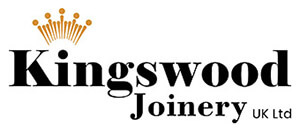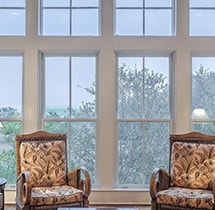Facts about Buckhurst Hill
Buckhurst Hill History
The first mention of Buckhurst Hill is in 1135 when the reference was made to “La Bocherste”, becoming in later years “Bucket Hill”, originally meaning a hill covered with beech trees. It lay in Epping Forest and consisted of only a few scattered houses along the ancient road from Woodford to Loughton. Before the building of the railways, Buckhurst Hill was on the stagecoach route between London and Cambridge, Norwich, Bury St Edmunds and Dunmow. Originally it was a part of the parish of Chigwell; there was no road connecting the two communities and in order to get to church, parishioners had to ford the River Roding at Woodford. The Parish Church of St John was built in 1838 as a chapel of ease but Buckhurst Hill did not become a separate ecclesiastical parish until 1867.
The opening of Buckhurst Hill Station in 1856 saw a rapid expansion in the population of the area; nearly six hundred new houses had been built near the station by 1871. Some of the land for this expansion was enclosed from Epping Forest, before this practise was halted by the Epping Forest Act, 1878. The civil parish of Buckhurst Hill became Buckhurst Hill Urban District in 1894. In 1933, it was merged with the Chigwell and Loughton Urban District to form the Chigwell Urban District. A further merger with Epping Urban District, Waltham Holy Cross Urban District and most of Epping and Ongar Rural District in 1974 brought Buckhurst Hill into Epping Forest District, and in 1996, Buckhurst Hill Parish Council was established as the first tier of local government.
General Info
Buckhurst Hill is served by two London Underground stations: Buckhurst Hill and Roding Valley, which are on the Central Line. The line directly links the area to central London, as well as local areas including Woodford, South Woodford, Leytonstone, Epping and Loughton. Also, from nearby Chingford station, services can be used to reach London Liverpool Street via Walthamstow and Hackney. Bus service 397 can be used to reach Chingford station. Most bus routes serving Buckhurst Hill are London Buses services.


